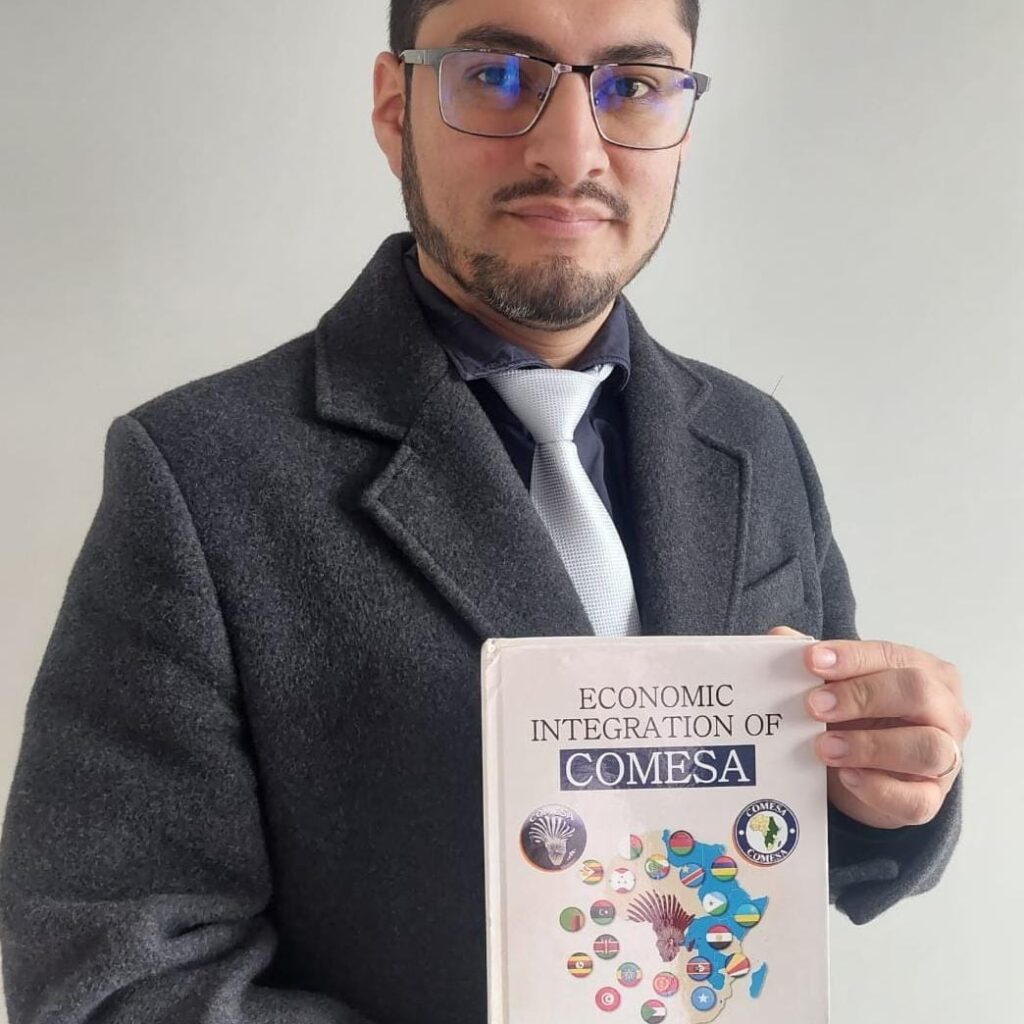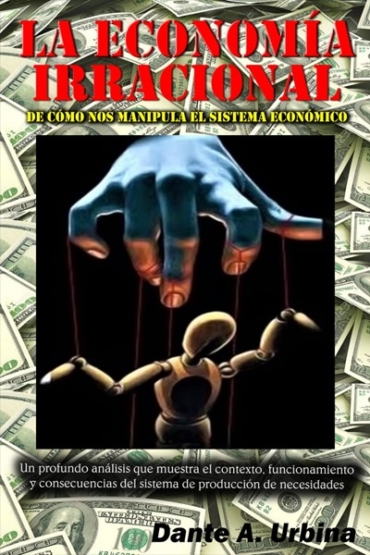
It is an honor for me to write the foreword to this important book authored by Debesh Bhowmik and Fitzgerald Witika. The book is composed of the compilation of several scientific articles (papers) written by him on the economic integration of the Common Market for Eastern and Southern Africa (COMESA), which includes 21 African states and over 600 million people. In fact, as the authors explain, “COMESA is the largest trading bloc in Africa and second richest bloc in GDP and international trade”. Consequently, understanding the economic dynamics of this aggrupation is key for promoting opportunities of economic development in the African region.
In this context, the authors address several issues related to COMESA in topics like its structure, functioning, history, macroeconomic indicators, intra and interbloc trade, etc. In doing so, he applies several sophisticated econometric techniques like unit root test, stability tests, the Hodrick-Prescott filter, ARIMA models, serial decomposition, identification of linear and non linear trends, cointegration, vector error correction models, impulse-response funcions, causality tests, and so on. In addition, he applies convergence analysis and asymmetric shocks concluding that “COMESA has not been able to satisfy all the criteria of OCA especially on external debt per cent of GDP, fiscal deficit as per cent of GDP, inflation rate and lending interest rate during 1990-2020.Only inflation rate fulfilled the Beta and Sigma convergence while lending interest rate satisfied Beta convergence hypothesis. More broadly, COMESA has been confronted with asymmetric shocks from GDP growth rate, current account balance, exchange rate and money supply during 1990-2020. Thus, COMESA needs a long way to progress the monetary integration and common currency in coming years”.
In sum, this book shows that there have been important progresses in COMESA but this economic bloc still faces important challenges. The contributions of the book are useful not only in terms of econometric exercises but mainly in terms of analysis for the economic development.
Dr. Dante A. Urbina











